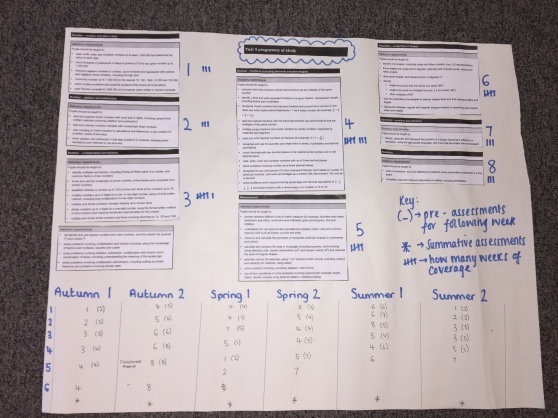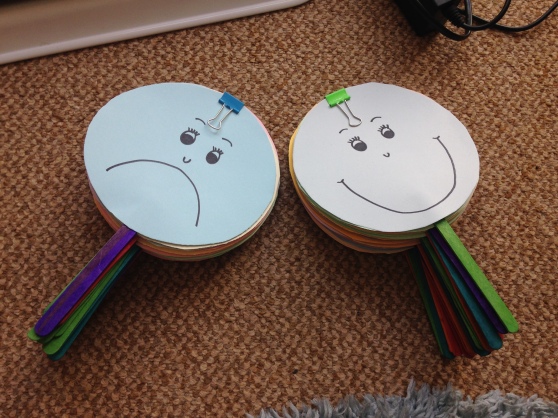fronted adverbails powerpoint
This is a creative way to teach fronted adverbials to a year 4 class.
First it it important to hook the children in. In this case this can be done through setting the scene of a shipwreck. Show the children a picture of the shipwreck on the island and then play some sound clips e.g. sea waves, storm, island sounds etc to they can create a real-life picture in their head of what it would be like. Tell them to imagine they are a pirate and have just landed on the island. What can they see? hear? touch? what are they doing? is there anyone there with you? how are you feeling? Remind them to think about these while listening tot he sound clips.
Teach or go over prior learning. Focusing on specific fronted adverbials e.g. time and place. Show the children some examples of these adverbials and see if they can come up with any more themselves. Check they know what it is. Why is it called a fronted adverbial? what does it tell us?
Demonstrate to the children some examples of a sentences including a fronted adverbial. Link this to the pirate activity by giving the children each a piece of treasure (gold coin). Explain to them that to escape and be rescued from the island they must send a gold coin home. It must include a sentences about what it is like including a fronted adverbial. Each child can write their own on the coin before posting it into the treasure box.
To differentiate this task the LAPS can be given a selection of sentences broken up into two parts. They can match the fronted adverbial to the rest of the sentence before writing this on their gold coin. The MAPS can be given a list of fronted adverbials to support them however they have to continue the sentences themselves. The HAPS can also be given a list of fronted adverbials to support them but they can also think of their own. To extend the HAPS challenge them to expand their sentences with a conjunction e.g. and, but, so etc.
Behaviour management – try to link this to the theme of pirate too. Explain to the children at the beginning of the lesson that we will have a chant and every time you hear me say my part you must respond with yours and them stop, look and listen. The teacher will shout ‘PIRATES!’ and then the children will respond with ‘AHOY!’ and be ready to listen to instructions.














